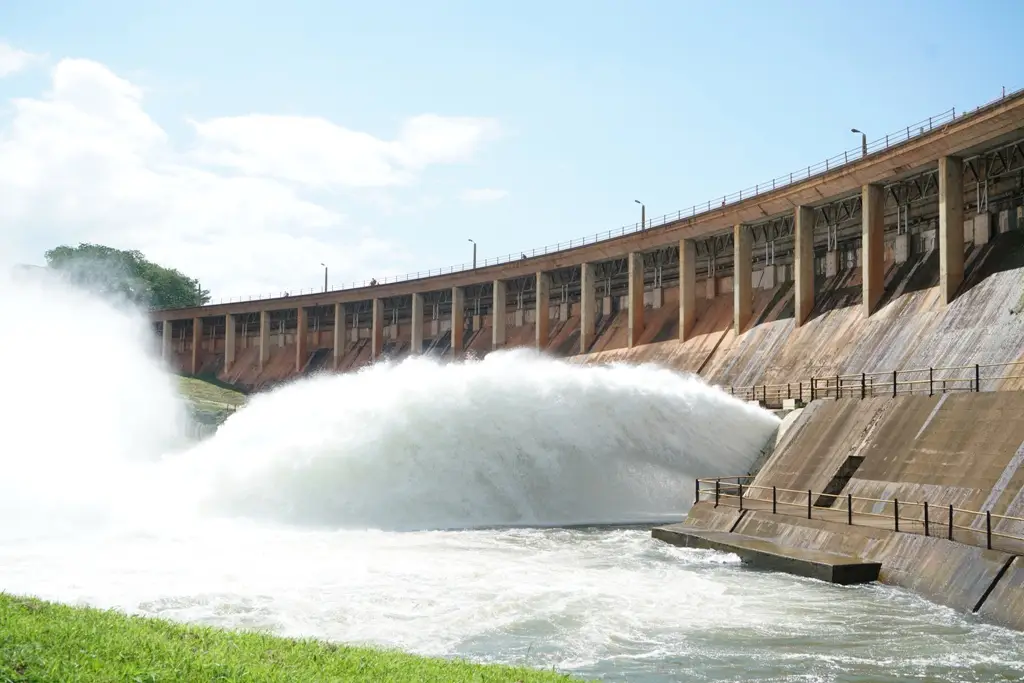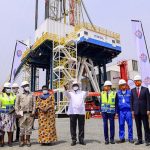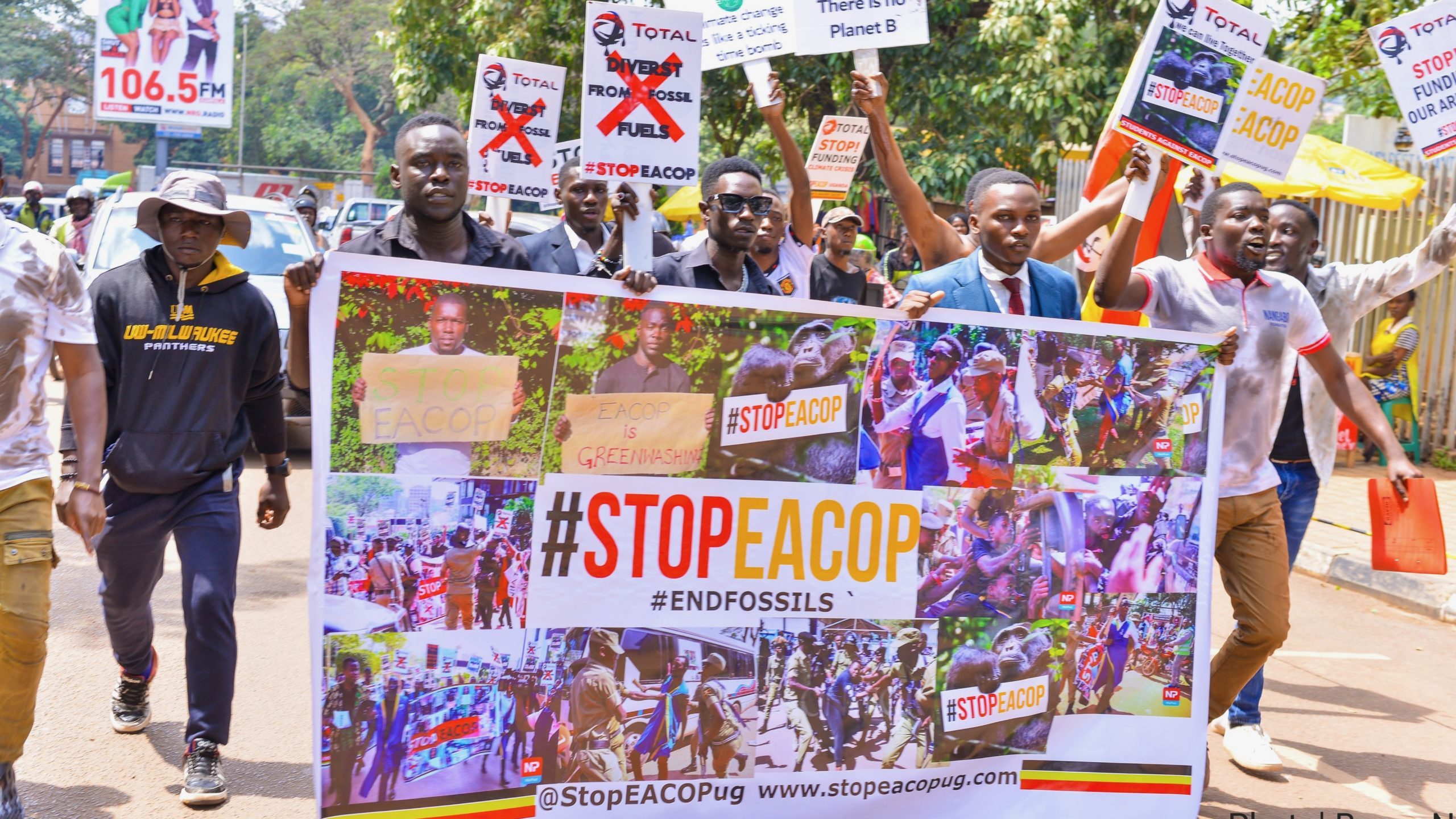The European Union (EU) has announced a €60 million ($63 million) investment in the refurbishment of the Nalubaale and Kiira hydropower plant complex, one of Uganda’s largest power plants.
This investment will not only help to address the country’s energy needs but also contribute to the realization of the United Nations’ Sustainable Development Goals (SDGs) by 2030.
The Nalubaale and Kiira hydropower plant complex is located at the source of the River Nile in Jinja, East Uganda. It is a vital component of the country’s power generation, with an output capacity of approximately 380 megawatts (MW). Commissioned in 1954, the plant was previously operated by South African energy giant Eskom under a 20-year concession, which concluded earlier this year. The government of Uganda has since regained control of the plant.
The EU’s investment in the refurbishment of the Nalubaale and Kiira hydropower plant complex aligns with its global gateways strategy, a program designed to support initiatives that contribute to the SDGs. In this case, the focus is on improving Uganda’s energy infrastructure, which has faced challenges due to underfunding and the aging of certain network components. These challenges have resulted in widespread power outages and occasional breakdowns, adversely impacting both businesses and households.
Uganda currently has an installed power generation capacity of around 1,400 MW, primarily derived from its hydroelectric dams. With the commissioning of the Chinese-built Karuma plant later this year, also located on the River Nile, the country’s total power generation capacity is expected to increase to 2,000 MW. This boost in capacity is a positive sign for Uganda’s economic growth and development.
The EU’s commitment to investing in the rehabilitation of the Nalubaale and Kiira hydropower plant complex is a welcome development for Uganda. It promises to enhance the country’s energy production and support its ongoing industrialization efforts.
The initiative also reflects the EU’s dedication to global sustainable development and reinforces the significance of international cooperation in addressing energy and infrastructure challenges in emerging economies.




















